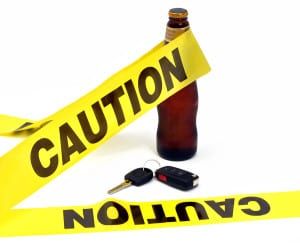 We know that alcohol is a contributing factor to thousands of fatal car crashes each year, but a study recently published in the March issue of Journal of Studies on Alcohol and Drugs reveals that alcohol’s role in U.S. traffic fatalities is significantly under-reported.
We know that alcohol is a contributing factor to thousands of fatal car crashes each year, but a study recently published in the March issue of Journal of Studies on Alcohol and Drugs reveals that alcohol’s role in U.S. traffic fatalities is significantly under-reported.
Researchers made the discovery by comparing data on death certificates from all states with data from the National Highway Traffic Safety Administration’s (NHTSA) Fatality Analysis Reporting system. The researchers found that between 1999 and 2009, only about 3% of death certificates listed alcohol as a contributing cause in traffic deaths. However, data from the NHTSA over the same period revealed that 21% of the people killed in those crashes were legally drunk.
Why the difference? The study’s authors suggest a couple of reasons:
- Long wait for blood-alcohol test results. Death certificates are filed within 3 to 5 days. Blood-alcohol test results tend to take so much longer that alcohol is often left out of death certificates.
- Blood-alcohol testing. Only about half of states require blood-alcohol testing for drivers killed in traffic crashes, and only 70% of those drivers are tested.
Why is the discrepancy discovered through the study important? Alcohol-related traffic death data tells us a lot, such as how big of a problem drunk driving is and what drunk driving policies are working. For example, imagine that your state is considering enacting a drunk driving law that’s been effective for another state. If your state’s alcohol-related traffic death data, as reported through death certificates, is low or if alcohol-related traffic deaths appear to be decreasing, lawmakers might think drunk driving isn’t a big problem and hold off on enacting the policy. But as the study revealed, that data might not be accurate.
Similarly, with inaccurate alcohol-related traffic death data, a state could believe their drunk driving laws are effective when, in reality, they might not be doing much to combat drunk driving.
Knowing how many traffic deaths are alcohol-related is also important when it comes to American youth. Traffic crashes are the leading cause of death among youth in the U.S. To try to reduce these deaths, we need to know what’s contributing to them. If it’s alcohol, for example, lawmakers and appropriate organizations could increase their efforts toward preventing underage drinking and impaired driving among youth.
